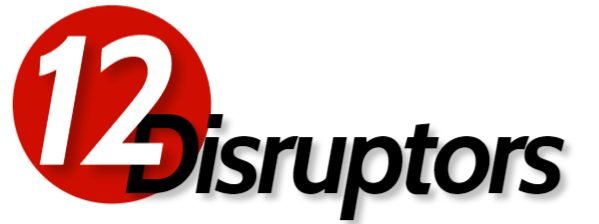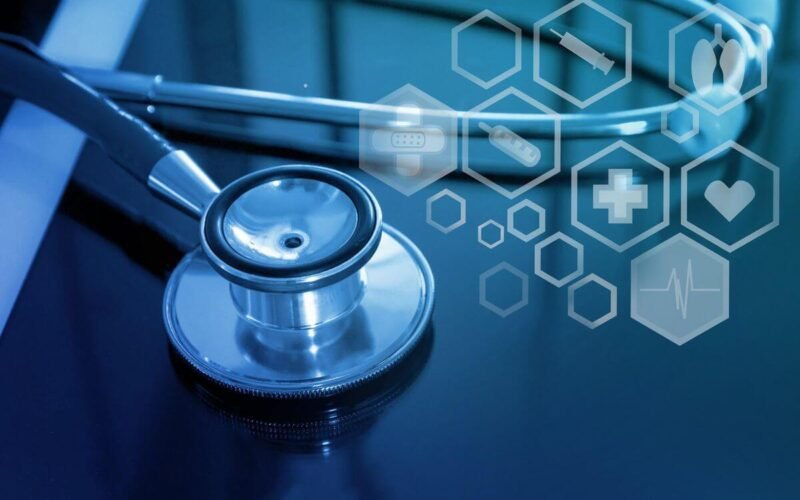Since the start of civilization, mankind has valued living a long and healthy life.
The use of magic and alchemy to make people younger or stronger can be seen in old myths about the springs of youth.
People have long been searching for innovative ways to use technology to be fit, healthy, and disease-free.
The way medicine has evolved makes this simple to see.
Common sense and creative problem solving gave way to magic, science, and eventually the study of medicine as a field that sparked our interest in finding treatments for the diseases that troubled us.
In recent years, new and developing technology has revolutionized healthcare. Large and small hospitals, as well as doctor’s offices, have used new technologies to adapt to a shifting regulatory landscape and enhance the general caliber of patient care.
Modern medical facilities are high-tech operations that provide skilled personnel with cutting-edge technology.
Hospitals and other healthcare facilities still have a lot of room to simplify the adoption and application of new technologies.
What is Healthcare Information Technology (HIT)?
HIT, or health information technology, refers to the secure management of health-related information using technology, as opposed to information technology, which refers to the use of computers, telecommunications, and other systems to store, access, and distribute information.
Some of the most common types of healthcare information technology are e-prescriptions, electronic health records (E Hrs), and other tech tools that help patients reach their health goals, like controlling their blood sugar or quitting smoking.
Information technology has made it possible for E Hrs and EMRs to be more accurate, which helps patients get to different healthcare facilities quickly and easily.
Patients also have more control over their health thanks to a wide range of mobile apps and information platforms.
Privacy protection while enhancing patient care is the core goal of healthcare information technology.
HIT helps medical professionals to provide patients with improved care while also enhancing patient interaction.
Several instances of health IT include:
- Digital disease registries
- Health care IT applications
- Prescription drugs online
- Systems for keeping electronic medical records, such as PHRs, EMRs, and EHRs
- Telehealth
Technology in healthcare: How it is reshaping treatment methods
The healthcare field has changed a lot over the years, and most of these changes have been made possible by technology.
Here are some of the ways that technology has changed our lives.
1. Big Data
Big Data
A big benefit of digital is that it lets doctors and nurses find out a lot of information quickly.
Digital technology makes it possible for researchers, clinicians, and those doing epidemiological studies to instantly obtain data from a far more diversified and big population than ever before.
Health workers may stay up to date on cutting-edge practices and trends because of such data collecting, which enables meta-analysis.
Additionally, having access to big data enables clinicians to more accurately identify risk factors and suggest suitable preventive or intervention measures.
2. Artificial Intelligence
With the help of artificial intelligence, healthcare professionals have been able to reduce misdiagnoses and errors by up to 15%.
Artificial intelligence is showing enormous promise in minimizing errors, the cost of medical malpractice lawsuits, and early cancer identification while assisting doctors and pathologists in screenings.
Additionally, AI helps pharmaceutical firms in identifying more suitable candidates for medications in development.
Deep Genomic, for example, helps identify potential participants in clinical trials for neuro degenerative diseases.
3. Virtual Reality
Both doctors’ and patients’ lives are changing as a result of virtual reality (VR).
In the future, while lying in a hospital bed, you might fly to Spain or back home, or you might observe surgeries as if you were the one holding the scalpel!
Virtual reality (VR) is used in a variety of contexts, including the education of aspiring surgeons and the practice of surgery by experienced surgeons.
Companies like Osso VR and ImmersiveTouch are creating these software programs, and so far, the results are encouraging.
According to a recent study, surgeons who received VR training outperformed their conventionally trained colleagues overall by a ratio of 230%.
These technological developments are also helping patients, and one area where this is evident is pain management.
Women are given VR headsets to wear during labor discomfort so they can picture a comforting scene.
When employing VR as a stimulus, patients with diagnoses of cardiac, neurological, gastrointestinal, and post-surgical pain have demonstrated a reduction in their pain levels.
A 2019 pilot study found that patients who underwent surgery experienced less anxiety and pain overall and a better overall healthcare experience.
4. Medical sensors, wearable, and trackers
Health trackers, wearable, and sensors had to be included in the choices since the future of medicine and healthcare are strongly tied to patient empowerment and people using technologies to take charge of their health.
They are excellent tools for self-discovery and taking back control of our lives.
There is a device for every requirement, including those related to managing your weight, and stress levels, improving your cognitive capacities, and becoming more perfect fit and energized.
The best thing about these new, technologically advanced technologies is that they truly make the patients the center of care.
These technologies enable people to take charge of their health and make more informed decisions by enabling home health monitoring and remote sharing of results with a doctor.
5.3D Printing
The use of 3D printing in the healthcare sector has immense potential, and it is already being done so quite successfully in a variety of ways.
Artificial bones, prosthetics, supports, even organ transplants, and tissue restoration can all be made using 3D printing.
It is obvious that technology is significantly changing the healthcare sector as a whole and is being applied in many creative ways.
As technology advances and continues to assist with so many aspects of healthcare for both patients and staff, this can only continue in the upcoming years.
6. Telehealth
Computers, mobile devices, and cell phones are assisting in establishing patient-provider connections.
Through apps like Marham – Find a doctor, those who are too sick to visit a clinic, lack access to reliable transportation, or are short on time can video chat with a qualified healthcare professional.
Furthermore, all of the major companies in the health insurance sector include some sort of telehealth in their range of health care options.
The growth of mobile health, or remote patient monitoring, has substantial effects on both the poor world and the developed.
Over 5 billion people globally own mobile devices, more than half of which are smartphones, according to data gathered by Pew Research.
This gives hope that telehealth may be able to reach people in ways that conventional modes of healthcare cannot.
Future trends in healthcare to watch out for!
1. Telehealth will become more well-liked
Telehealth services will become increasingly popular shortly as more physicians, specialists, and health systems provide them.
An elderly person recovering from post-acute care, for instance, might get on-camera counseling without having to travel. No matter the user’s condition, age, or level of familiarity with the concept, telehealth will soon be more widely used.
2. The use of virtual reality (VR) in healthcare will increase
Memory care patients who use virtual reality can digitally visit parks, vacation destinations, and street views of their childhood homes.
Surgeons are already using VR to better visualize potential problems before difficult operations.
By projecting imaging data and pertinent information, future developments in VR may enhance procedural intervention.
In hospitals, realistic VR imagery is being utilized to divert patients undergoing treatment or those who are in distress.
A patient’s treatment can be explained to them using virtual reality (VR). VR can provide users with a fresh viewpoint on disease. For instance, using VR headsets with specialized software can develop empathy and understanding of what it’s like to have Alzheimer’s.
3. Artificial intelligence will advance various processes, including diagnostics
Patients are becoming more adept at managing their care with the help of AI solutions like wearable and chat bots.
Artificial intelligence is being used to manufacture customized medications, design treatment procedures, administer care, monitor patients, and increase hospital efficiency. AI assists in simulating human intellect while studying and interpreting challenging medical data by utilizing sophisticated machine learning techniques.
Leading healthcare organizations will create their own AI algorithms to evaluate large volumes of healthcare data, opening up new possibilities for early disease detection and disease prevention.
4. 5G will speed up networks
By increasing network capacity and speed while lowering latency, 5G has the potential to greatly improve healthcare delivery.
This will be essential for transmitting huge medical images, supporting telehealth programs and tools for monitoring patients from a distance, and enabling the sophisticated applications of AI, AR, and VR technology.
Faster communication and downloading on tablets and other mobile devices will be made possible by 5G technology, enabling the expansion and use of mobility in the healthcare industry.
Conclusion
The use of technology and smart devices across all fields of healthcare is what the future holds.
The widespread use of technology advances like wearable and connected devices has already started to provide encouraging results and has inspired us to maintain a healthier lifestyle.
Information technology’s entry into the medical industry will bring about ground-breaking medical services and products that will revolutionize how we see healthcare as a whole. Transparency, cheaper healthcare costs, and improved patient care will result from this.

